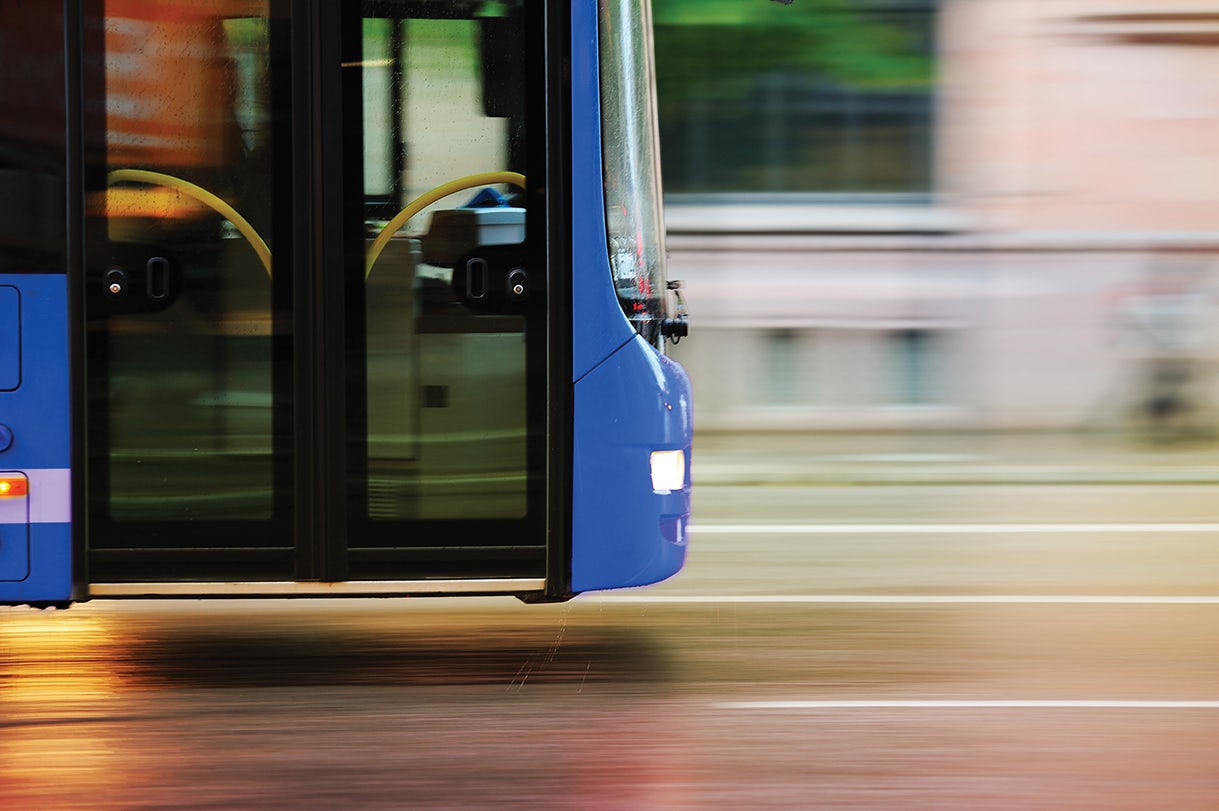Melburnians would be more likely to travel on the city’s under-utilised bus network if services were faster, cheaper and more frequent, according to new research from the state’s independent infrastructure advisory body.
Infrastructure Victoria’s latest research is the largest known study of community attitudes towards Melbourne’s buses. It included a survey of 4,000 Melburnians and is part of a broader research program looking at ways to improve the existing metropolitan bus network.
Infrastructure Victoria Chief Executive Officer Jonathan Spear said the innovative research revealed people are willing to make trade-offs for a better bus service, especially one that is faster and more frequent.
“Buses face tough competition from cars and other public transport, with more than 60% of people surveyed saying they prefer other modes of transport to buses,” Dr Spear said. “That’s despite 82% of Melburnians living within a 5-minute walk of a bus stop.
“However, we found that people would be willing to walk an extra 5 minutes to a bus stop if the bus journey was around 10% faster, or if the bus came every 20 minutes instead of 30.” Dr Spear said the research also found that bus use is strongly affected by fare price, with Melburnians up to 19% more likely to travel by bus with every $1 reduction in bus fares.
“These findings show us that Melburnians value fast, frequent, low-cost bus services. This gives us an opportunity to make buses an attractive travel option by listening to what the community needs and wants,” he said.
“By encouraging more people to use Melbourne’s bus network, we can create positive flow-on effects including lower costs of living, reduced car dependence, less road congestion, and eased pressure on other public transport.
”While Melburnians overwhelmingly prefer trains and trams to buses, those living in Bulleen, Doncaster, Templestowe and surrounding areas - which are well-serviced by high frequency bus services - are more receptive to using buses."
In contrast, bus services in Melbourne’s growth areas are infrequent with limited operating hours, and people living in these areas were more likely to say they would never consider catching a bus.“Differences in service availability are key barriers that must be addressed if we are to increase usage of our bus network,” Dr Spear said.
“People need choices that better suit their needs and peace-of-mind in how and where they choose to travel, no matter where they live."
Together with other evidence, including modelling and accessibility analysis, the community research findings will help inform the development of recommendations to the Victorian Government for further improvements to Melbourne’s bus network. A final research report and recommendations from Infrastructure Victoria will be released in late 2023.
The Quantum Market Research report, Infrastructure Victoria bus reform community research, can be downloaded from our website. You can also view Infrastructure Victoria's webinar on the research findings: community insights into Melbourne's buses.
